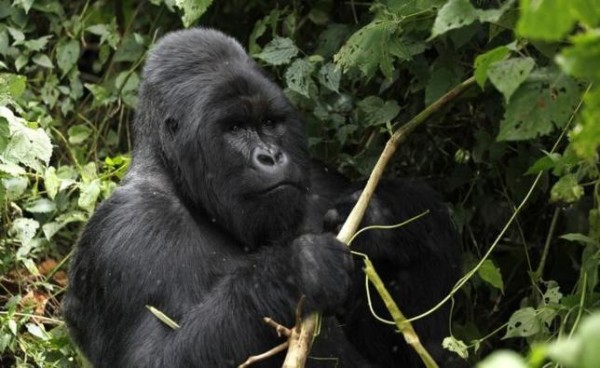Researchers from University of Cambridge and Wellcome Trust Sanger Institute have revealed that a sub-species of Gorilla from the borders of the Democratic Republic of Congo and Uganda execute inbreeding, the Science magazine published.
The study involved whole genome sequencing of eastern lowland gorillas, which belong to the G. beringei species, thriving in the volcano region of Virunga. By comparing species from both the eastern and western locations, the team was able to discover a genetic diversity in the eastern lowland gorillas which are characteristics of inbreeding and waning population, 100, 000 years earlier.
The gorilla's first genome was established from the DNA of a western, lowland, female gorilla named Kamilah, the Nature reported in 2012.
Chris Tyler-Smith, corresponding author from the Sanger Institute said, "Three years on from sequencing the gorilla reference genome, we can now compare the genomes of all gorilla populations, including the critically endangered mountain gorilla, and begin to understand their similarities and differences, and the genetic impact of inbreeding."
The number of mountain gorillas has declined by 250 in the DRC, Uganda, Rwanda region since the early part of the 80s. Efforts to conserve it have continuously been implemented, making the number increase to 480. The improvement in the population size has represented more than half of the estimated number that are thriving in the wilderness.
However, while it has been noted that wild gorillas have underwent a diminishing variant rate, researchers have emphasized that its loss of functions due to mutation is harmfully low.
Together with this findings' importance to the gorilla biology, the authors have cited that the genome sequencing could serve as a tool in reining gorilla trade and capture.


